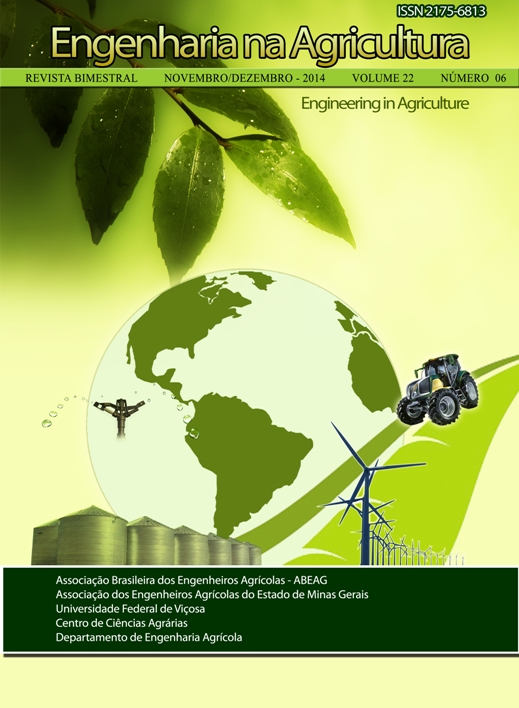ASCORBIC ACID IN REDUCING PERICARP BROWNING AND POSTHARVEST QUALITY OF LYCHEE - DOI: 10.13083/1414-3984.v22n06a01
DOI:
https://doi.org/10.13083/reveng.v22i6.581Keywords:
Litchi chinensis Sonn., escurecimento do pericarpo, conservaçãoAbstract
The lychee pericarp becomes brown only a few days after harvest due to the degradation of anthocyanins. The objective of this study was to evaluate the effect of different concentrations of ascorbic acid in preventing pericarp browning and in maintenance of postharvest quality of lychee. ‘Bengal’ lychee fruits with completely red pericarp were immersed in solution with different concentrations of acid ascorbic (0, 3, 6, 9, 12 and 15%) for 5 minutes. After drying at room temperature, the fruits were placed on polystyrene trays and stored at room temperature and analyzed every 2 days for 8 days. Weight losses ranged from 9.2 to 10.46% on the 8th day of storage. Independent of the dose, ascorbic acid was not effective in preventing browning of pericarp from the ‘Bengal’ lychee, and by the fourth day of storage the treated fruits remained similar to the control treatment, and from this day on the control fruits darkened less than those treated with ascorbic acid.Downloads
Downloads
Published
How to Cite
Issue
Section
License
Authors who publish with this journal agree to the following terms:
The author(s) authorize(s) the publication of the text in the journal;
The author(s) ensure(s) that the contribution is original and unpublished and that it is not in the process of evaluation by another journal;
The journal is not responsible for the views, ideas and concepts presented in articles, and these are the sole responsibility of the author(s);
The publishers reserve the right to make textual adjustments and adapt texts to meet with publication standards.
From submission, the author is fully conceding the paper's patrimonial rights to the publication, but retaining the owner of its moral rights (authorship and paper's identification) according to Creative Commons Attribution-Noncommercial.








 Licensed by
Licensed by 